Art d’Asie en décembre chez Christie's Paris
Ensemble de porcelaines, Chine, dynastie Song, Ming, Qing, Collection Allemande © Christie’s Images Limited 2023 – Stéphane Lequeurre
Paris – Chez Christie’s, Hongkong et Paris se partagent le calendrier international des ventes d’Art d’Asie de l’automne. En novembre, à Hongkong, le programme annuel des ventes d’art chinois classique, sera complété par d’exceptionnelles ventes de collections (Collection Tianminlou). En décembre, il reviendra à Paris de clôturer la saison avec deux ventes, une exposition et une conférence. Après le succès du Printemps Asiatique en juin durant lequel Christie’s a exposé des lots mis en vente dans les deux villes, Paris est devenue une place incontournable sur un marché de l’art asiatique pleinement globalisé. Pour la vente du 12 décembre et la vente en ligne du 30 novembre au 14 décembre, Christie’s a réuni des objets provenant de collections de France, d’Allemagne, d’Italie, du Royaume-Uni, des Pays Bas, de Belgique, du Japon, de Taïwan ou des États-Unis. Lot phare de ces ventes, une statue de Bouddha népalais du XIIIe siècle est issue d’une collection belge (350 000-450 000 €). Véritable trésor de la dynastie Qing, un extraordinaire autel bouddhique, récemment découvert dans une région française sera aussi l’un des événements de la vente (250 000-350 000 €). À ses côtés, une coupelle rituelle en émaux cloisonnés, elle aussi d’origine impériale, datée de la dynastie Ming (80 000-120 000 €) vient d’une collection particulière européenne tout comme ce plat en porcelaine émaillée rouge de cuivre de la même époque, issu d’une collection allemande. Ce chef-d’œuvre de la porcelaine chinois, inédit sur le marché, réunit tous les critères pour créer une véritable surprise (50 000-70 000 €).
Rouge brun – Collection allemande : Le 12 décembre, 12 céramiques provenant d’une collection venue d’Allemagne ouvriront la vente à Paris. Patiemment assemblée durant les années 20, ces pièces n’ont jamais quitté la collection familiale et sont donc inédites sur le marché depuis un siècle. Lot remarquable de cet ensemble, une jarre en porcelaine émaillée jaune et rouge à décor de dragons est emblématique d’une technique de cuisson mise au point par les artisans chinois sous le règne Jiajing (1522-1566) que leurs homologues européens mettront plusieurs siècles à maîtriser. Issu de la célébrissime collection de George Eumorfopoulos, ce vase est très proche de celui conservé dans les collections du Musée Guimet (20 000-30 000 €). Une coupe en porcelaine émaillée à décor de gardénias d’époque Xuande (1426-1435) se distingue par la couleur brune irisée de son décor, autre prouesse technique en terme d’émaillage et de cuisson, qui fait toute la rareté de l’objet. Elle est à rapprocher de pièces comparables conservées au Musée du Palais à Taipei et au British Museum à Londres (50 000-70 000 €).
Lot 6. Rare coupe en porcelaine émaillée blanc et brun à décor de gardénias, Chine, dynastie Ming, marque à six caractères dans un double cercle en bleu sous couverte et époque Xuande (1426-1435). Diamètre : 26 cm. Estimation : 50 000-70 000 €. Vendu : 718 200 €. © Christie’s Images Limited 2023
Provenance: European private collection, acquired by the grandfather of the current owner from Hugo Meyl, Munich, January 1927 (according to the collector's notebook).
Note: This very rare iron-brown decorated dish belongs to an important group of dishes decorated in a distinctive style which was developed at the imperial kilns during the Xuande reign. These dishes bore a relatively large-scale floral spray in the centre and four flowering or fruiting sprays around the cavetto. On the exterior the dishes were decorated either with a floral scroll or with floral sprays. Each of the decorative elements had a generous amount of white space around it. The flower, gardenia, is native to China, and it has been suggested that when combined, as in the present example, with other fruits and flowers the general meaning is one of fruitful abundance, cf. S. Pierson, Designs as Signs: Decoration and Chinese Ceramics, Percival David Foundation of Chinese Art, p.25, where the author illustrates a similarly decorated Hongzhi-marked dish. Two brown-decorated dishes of this pattern of Xuande mark and period, one with designs in dark brown, the other in a paler café-au-lait tone, are illustrated in Mingdai Xuande guanyao jinghua tezhan tulu/ Catalogue of the Special Exhibition of Selected Hsüan-te Imperial Porcelains of the Ming Dynasty, National Palace Museum, Taipei, 1998, cat. nos. 194 and 195.
A rare later version of this design of Hongzhi mark and period (AD 1488-1505) is in the Sir Percival David Collection in the British Museum, illustrated in Oriental Ceramics: The World's Great Collections, Tokyo, New York, San Francisco, 1980-82, vol. VI, col. pl. 36; and a similar fragmentary Hongzhi dish from the imperial kiln site is illustrated in Jingdezhen chutu Mingdai yuyao ciqi [Porcelains from the Ming imperial kilns excavated at Jingdezhen], Beijing, 2009, pl. 105.
Céladon – Collection italienne : Les très beaux céladons Longquan, souvent utilisés au XVe siècle comme de prestigieux cadeaux diplomatiques (Laurent le Magnifique eut le sien), sont rarissimes sur le marché et particulièrement en Europe. Leur production est unanimement considérée comme l’une de plus raffinée de la Chine sur une très longue période. La vente propose deux céladons Longquan, dont ce vase double-gourde en porcelaine daté du XVe siècle. Issu d’une collection italienne, il a été acquis en France dans les années 1950 et est resté dans la même famille depuis (120 000-180 000 €). Un grand plat en grès céladon Longquan acquis en Indonésie en 1933 figure également au catalogue de cette vente (80 000-120 000 €).
Rare et important vase double-gourde en grès céladon Longquan, Chine, dynastie Ming, XVème siècle. Estimation : 120 000-180 000 €. Invendu. © Christie’s Images Limited 2023
Laque rouge – Collection japonaise : Le musée Kaisendo au Japon abrite une collection d'art chinois et japonais constituée par M. Kenzo Hasegawa (1886-1957) grand fabriquant de soie grège à Kaminoyama. D’abord amateur de sabres japonais, il porte rapidement son dévolu sur les boites en laque rouge. La vente propose plusieurs exemplaires de la collection du musée qu’il fonde en 1951 (estimations de 4 000 à 24 000 €). Également en provenance d’Asie, une sélection de céramiques, provenant d’une collection familiale de Taipei, complète la vente parisienne du 12 décembre.
Famille rose - Collections anglaise Un vase en porcelaine de la famille rose, de la dynastie Qing est issue d’une importante collection anglaise. Faits rares, il est marqué à six caractères en cachet en rouge de fer d’époque Jiaqing (1796-1820) et proposé avec son couvercle d’origine (90 000-120 000 €). Très en vogue en Chine comme dans le reste du monde, la technique mise au point pour réaliser ces céramiques est dérivée d'une tentative d'appliquer à la porcelaine les couleurs utilisées pour les objets en émaux cloisonnés dont la vente en propose un exemple spectaculaire.
Lot 52. Rare et important vase couvert en porcelaine de la famille Rose, Chine, dynastie Qing, marque à six caractères en cachet en rouge de fer et époque Jiaqing (1796-1820). Hauteur : 29,5 cm. Estimation : 90 000-120 000 €. Vendu : 107 100 €. © Christie’s Images Limited 2023
Provenance: From an English private collection of a lady in West Wittering, Sussex, given to her mother as a gift from her grandmother in 1935, when they lived in Hinchley Wood, Esher, Surrey.
Note: A related yellow-ground lantern vase and cover, Jiaqing mark and period, with flowerheads, similar ruyi band and pink-ground band on the foot and cover rim was sold by Sotheby’s Hong Kong in their auction of Fine Chinese Ceramics and Works of Art, 8 October 2013, lot 3257; another green ground Jiaqing example with flowerheads, ruyi shoulder band, and similar lappets above the foot and on the neck, in the Qing Court Collection is illustrated by Yang Xin in Porcelains with Cloisonné Enamel Decoration and Famille Rose Decoration, The Complete Collection of Treasures of the Palace Museum, Beijing, Vol. 39, no. 173, p. 196.
A similar smaller vase and cover in the Qing Court Collection, painted with boys, Qianlong mark and period, is illustrated by Yang Xin in Porcelains with Cloisonné Enamel Decoration and Famille Rose Decoration, The Complete Collection of Treasures of the Palace Museum, Beijing, Vol. 39, no. 128, p. 146.
This vase combines two classic rebuses: the bat, fu, supporting the music stone, qing, joined together form fuqing, ‘happiness and good fortune’, and the rebus with the endless knot, panchang, and the shou character, joined together form changshou, ‘May you have a very long life’.
Cloisonné impérial – collection européenne : La perfection de l’exécution, le raffinement extrême du décor de cette coupe rituelle en émaux cloisonnés signe son origine impériale. Son poids, 2,6kg, dû à l’emploi d’une grande quantité de bronze pour sa réalisation la confirme. Par son décor de makaras, animal aquatique du bestiaire mythologique de l’Inde, il se rattache à l’époque Xuande (1426-1435), période majeure de l’expansion du Bouddhisme tibétain en Chine. L’ensemble de ces caractéristiques confère également à cet objet une importante valeur académique. Six de ces très rares coupes rituelles sont conservées au Musée du Palais Impérial de Beijing (80 000-120 000 €).
Lot 121. Rare et importante coupe rituelle en émaux cloisonnés à décor de Makaras, Chine, dynastie Ming, XVème siècle. Diamètre : 27,6 cm. Estimation : 80 000-120 000 €. Vendu : 88 200 €. © Christie’s Images Limited 2023
Provenance: Previously from an English private collection, in the family since the early 20th century, thence by descent.
An important Xuande imperial cloisonné enamel ‘makara dragon’ washer
Yang Yong
Impeccably refined and extremely rare, this magnificent cloisonné enamel circular washer with everted rims, proudly presented in this season, is a true masterpiece in the genre and an epitome of history during the time it was conceived. Finely executed in red, green, yellow, purple, and white enamels, the exceptional motif of two fiercely inward facing mythical beasts in the interior and the delicate floral scrolls on the exterior and the base, consummate a masterful embodiment of beauty and spirit.
Depicted with long snouts rolling upward, double horns, strong forelegs with sharp claws, and split tails, these winged dragons have been named in different ways including kui and makara by scholars in the past. According to our study, animals with such features to their noses, legs and tails should be called makara, the Sanskrit word for the holy creature originated in Tibetan Buddhism. (See Yang Yong, Makara - a clue to classifying Ming dynasty cloisonné enamels, Palace Museum Journal, no. 6, 2019)
Imperial wares decorated with makara are mainly seen in ceramics and cloisonné enamels from the early to mid-Ming period. Early examples include a Xuande period blue-and-white jar in the Beijing Palace Museum (fig. 1) and a Xuande period cloisonné enamel ‘monk's cap’ jar in the Tibet Museum (fig. 2); mid-Ming examples include a Chenghua period blue-and-white stem bowl (fig. 3) and a cloisonné enamel tripod censer (fig. 4), both in the Beijing Palace Museum. The composition of the white lotus flower flanked by the two makaras on the current work resembles the one seen in a Xuande period cloisonné enamel bowl stand in the Beijing Palace Museum. The furious makaras and their intricately designed tails are typical in the Xuande period, drastically varying from the gentle appearance with a simplified tail seen in the mid-Ming dynasty. The scrolling pattern that covers the rest of the washer is comparable with the Xuande-marked examples in the Pierre Uldry collection (See Chinese Cloisonné: The Pierre Uldry Collection, figs. 1-4), as well as the mandorla of a gilt bronze Shakyamuni figure, lot 808, Sotheby’s Hong Kong, autumn 2006. The definite application of enamel palette, without combining red and white, yellow and green which were common in other periods of the Ming dynasty, is a distinctive feature among Xuande cloisonné enamels. Although using only six enamels, the combination of colours is proficient in conveying a sense of vibrancy and dynamism. Based on the above criteria in the aspects of decorations and enamels, it is reasonable to date the current washer to the Xuande period.
Fig .1, Blue-and-white ‘makara dragon’ jar, Xuande period, the Beijing Palace Museum
Fig. 2, Cloisonné enamel ‘makara dragon’ ‘monk's cap’ jar, Xuande period, the Tibet Museum
Fig. 3, Blue-and-white ‘makara dragon’ stem bowl, Chenghua period, the Beijing Palace Museum
Fig. 4, Cloisonné enamel ‘makara dragon’ tripod censer, mid-Ming dynasty, the Beijing Palace Museum
The washer has a diameter of 27.3 centimeters, however, comes with a remarkable weight of 2.6 kilograms, due to its sumptuous body of bronze. In the early Ming dynasty, as a response to the overexploitation of precious materials, the central government imposed strict regulations on mining activities across regions. According to The Great Ming Code, illegal miners of gold, silver, tin, and mercury would be sentenced to banishment at the frontiers. Therefore, the lavish use of bronze reveals that the current work was very likely made upon an imperial order.
According to Prof. He Xiaorong of Nankai University, most emperors of the Ming dynasty were devoted to Tibetan Buddhism. They not only supported the religious activities in a broad scale, but also granted titles to the key leaders in Qinghai, Tibet, and Sichuan. Such development can be divided into three phases: first from the Hongwu to Xuande periods, second from the Zhengtong to Zhengde periods, and third from the Jiajing to Chongzhen periods. In the first phase, imperial patronage remained conservative in the Hongwu to Yongle periods, until a notable growth in the Xuande period during which a large number of monks were bestowed and sponsored by the court. In the second phase, among the many mediocre rulers who were obsessed with religious practice and extravagant lifestyle, Emperor Zhengde and Emperor Chenghua are the most fanatical followers of Tibetan Buddhism. In the third phase, further to lessons learnt from his overly religious predecessors, Emperor Jiajing established policies to ban Buddhist practice, and promoted Daoism instead. After the Longqing period, although most emperors continued to favour Tibetan Buddhism, government sponsorship gradually declined due to the ongoing economic breakdown and political turmoil.
This washer was made in the Xuande period when Tibetan Buddhism began to flourish. To most scholars and collectors, symbols and decorative motif derived from Tibetan Buddhism would refer to the eight auspicious offerings, vajra, Sanskrit, and Tibetan script. Due to the scarcity of surviving works, makara has not been thoroughly studied. Based on my understanding, less than twenty makara decorated cloisonné enamel pieces from the mid-Ming dynasty are known in public and private collections, of which six are with the Beijing Palace Museum. The aforementioned ‘monk's cap’ jar in the Tibet Museum (fig. 2), is the one example known to be made upon an imperial order from Emperor Xuande. Its ear elegantly decorated with makara while the body depicting the prevailing lotus scrolls in medallions, the jar symbolised the perfect assemblage of Han and Tibetan cultures of the time.
Laque or et bronze doré – collections française et belge : Découvert dans une collection d’une région française, cet autel bouddhique est un véritable trésor. D’un raffinement absolu et d’une grande complexité, l’objet est composé de laque dorée, de lapis-lazuli, de plumes de martin-pêcheur, de Zitan, bois précieux réservé aux commandes impériales aujourd’hui disparu et abrite une statue bouddhique en jade céladon pâle. C’est une laque chinoise dans le style japonais au dos de ce précieux objet de dévotion qui permet de le dater d’époque Yongzheng-Qianlong (1723-1795) (250 000-350 000 €).
Lot 95. Très rare et important autel bouddhique en laque dorée, jade céladon pâle, lapis lazuli et Zitan abritant Amitayus, Chine, dynastie Qing, époque Yongzheng-Qianlong (1723-1795). Hauteur : 76 cm. Estimation : 250 000-350 000 €. Vendu : 504 000 €. © Christie’s Images Limited 2023
Provenance: French private collection, in the family since at least the beginning of the 20th century.
Note: Buddhism flourished during the Qing dynasty, and was encouraged by the devotion of the Kangxi, Yongzheng and Qianlong emperors. As a result of its popularity, the production of Buddhist statuary, ritual objects, vessels and other implements became widespread, and a variety of materials were employed in their manufacture. It is extremely rare to find a complete Buddhist shrine with its original ornaments and the jade Buddhist figures in such an intact and great conservation just as it was designed 300 years ago. As indicated by the gilt inscription on the jade top panel, the present shrine is devoted to Amitayus, the ‘Buddha of Infinite Life’.
The gilt-lacquer ‘pavilion’ structure is a fantastic imitation of the Japanese-style lacquer, also called yangqi, which was highly appreciated and produced at the Imperial workshop under the Yongzheng and Qianlong emperors. For a discussion on the influence of Japanese lacquer in the Qing court, see Qinggong shihui: Yuancang Riben Qiqi Tezhan, National Palace Museum, Taipei, 2002. Numerous Japanese-influenced lacquerwares from the Qing Court collection are recorded in the Palace Museum, Beijing. See an exquisite wrapped lacquer box and cover, illustrated in Harmony and Integrity. The Yongzheng Emperor and His Times, National Palace Museum, Taipei, 2009, cat. nos. II-97 and II-98.
Full of symbolism, the craftmanship of the Eight Buddhist Emblems on the structural panels recall the finest work from the Yongzheng-Qianlong period:
The Wheel of Law (falun), the inexorable expansion of the Buddha's teaching; the Conch Shell (luo), majesty, felicitous journey, the voice of the Buddha; the Umbrella (san), spiritual authority, reverence, purity; the Canopy (gai), royal grace; the Lotus (hua), purity, truthfulness in adversity; the Vase (ping), Eternal harmony, the receptacle of lustral water, the nectar of immortality; the Paired Fish (shuangyu), conjugal happiness, fertility, protection, spiritual liberation; the Endless Knot (zhang), eternity.
This altar is also striking for the profusion of rich materials used, characteristic of the best Chinese craftsmanship at the height of the Qing dynasty: lacquer, hard stone (jade, lapis lazuli, tourmaline), painted glass, kingfisher feathers and zitan.
A comparable jade Amitayus (7.7 cm. high), is illustrated in Monarchy and Its Buddhist Way, Tibetan-Buddhist Ritual Implements in the National Palace Museum, National Palace Museum, Taiwan, 1999, no. 29. See another (13.6 cm.) white jade seated Buddha dated to the mid-Qing dynasty, in the collection of the Palace Museum, Beijing, illustrated by Yang Boda in Chinese Jades Throughout the Ages, Hong Kong, 1997, no. 103. A slightly larger (21 cm.) seated white jade figure of Pindola, formerly in the Nott Collection, is illustrated in Chinese Jades in the Stanley Charles Nott Collection, West Palm Beach, 1942, pl. XII, where it is dated to the Jiaqing period. A larger white jade Buddha (23.5 cm.) from the Stephen Junkunc III collection, with very similar features to the present example, was sold at Christie's New York, 26 March 2010, lot 1104.
The dedication of this shrine and its outstanding construction both indicate a special imperial commission. As the image of Amitayus is associated with Longevity and harmony, it is possible that this shrine was commissioned to celebrate a special gift for a highly important person.
Autre lot exceptionnel, cette statue de Bouddha en bronze doré conservée dans une collection belge provient du Népal. Elle est datée du XIIIe/XIVe siècle, début de la période Malla (1201 à 1769) qui est au cœur de la formation même de la culture népalaise. Hiératique et solennelle malgré sa taille relativement modeste, 31,2 cm, la figure impressionne par sa sérénité et sa puissance. (350 000-450 000 €).
Lot 198. Rare et importante statue de Bouddha en cuivre doré, Népal, début de l'époque Malla, XIIIème XIVème Siècle. Hauteur : 31,2 cm. Estimation : 350 000-450 000 €. Vendu : 730 800 €. © Christie’s Images Limited 2023
Provenance: With Navin Kumar, Inc. New York, 25 September 1986.
Note: The present figure is a paragon of Newari gilt-copper imagery, dated to the earliest years of the Malla period, widely considered the high point of Nepalese art. The Newaris, the traditional inhabitants of the Kathmandu Valley, were the master metal casters of the period, and their services were patronized far and wide, including at the imperial workshops of the Yuan dynasty in Beijing. According to the characteristic tradition of Nepalese artists, the present image was gilt through a technique called fire-gilding. In this process, the artist mixes gold powder with mercury to form a paste, which is applied and fused to the metal surface under the influence of heat. Such a technique, while dangerous, results in the rich, shimmering gilding visible on the present sculpture. The metal surface below the gilding has an extraordinarily high copper content, another characteristic of Newari metal images, which lends it a soft, warmish brown patina.
The sculpture of the early Malla period, starting from the second half of the twelfth century through the fifteenth century, is characterized by pronounced musculature and elaborate ornamentation. Aesthetically, examples made during the early Malla period are among the most refined, with elegant, graceful bodies, delicate hands and fine facial features. The present work is a masterful representation of the fully-developed early Malla style. The figure is modelled with broad, well postured shoulders and a narrow attenuated waist. The diaphanous robe is incised with floral motifs and beading along continuous hems. The downcast face is centered by a small, bow-shaped mouth and aquiline nose below heavy-lidded eyes and sharply arched brows. The forehead is distinguished by the prominent urna, which is represented as an inlaid teardrop.
Early Malla works are rare amongst the wider compendium of Nepalese art history, including very few images of seated Shakyamuni such as the present example. A slightly smaller gilt-copper figure of Crowned Buddha, dated to the fourteenth-century, was sold at Christie’s New York, 19 March 2014, lot 1010, for $509,000. More recently, a similarly-sized but considerably-worn early Malla-period figure of Buddha Shakyamuni, formerly in the collection of Sam and Myrna Myers, was sold at Sotheby’s London on 4 November 2021, lot 332.
Beaucoup plus ancienne (IIe-IIIe siècle), cette grande statue de Bouddha en schiste gris du Gandhara provient d’une collection américaine (200 000-300 000 €). Elle fût un temps la propriété de Paul E. Mannheim, grand mécène et donateurs auprès des plus grands musées des États-Unis, du Metropolitan Museum of Art de New York au Brooklyn Museum ou passant par le Boston Museum of Fine Art. Un profil de passionné d’art asiatique et de philanthrope qui n’est pas sans rappeler ceux de C. Ruxton, ancien diplomate basé en Chine et d’Audrey B. Love. Nièce du fondateur du Musée Guggenheim. Cette dernière, mécène du Louvre, du Château de Versailles et de la Malmaison, fût décorée de la Légion d’honneur. Un paravent à douze feuilles en laque de Coromandel daté de 1692 leur ayant appartenu est proposé dans la vente (80 000-120 000 €).
Lot 190. Grande statue de Bouddha Sakyamuni en schiste gris, Ancienne région du Gandhara, IIIème - IVème siècle. Hauteur : 105,5 cm. Estimation : 200 000-300 000 €. Vendu : 189 000 €. © Christie’s Images Limited 2023
Provenance: Previously from the collection of Paul E. Manheim (1906-1999).
The Metropolitan Museum of Art, New York, Gift of Paul E. Manheim, 1966 (accession no. 66.156.2).
Property from the Metropolitan Museum of Art; Christie's New York, 30 March 2006, lot 20.
Private collection, Connecticut.
Literature: T. Schlotterback, 5000 years of art : an exhibition from the collections of the Metropolitan Museum of Art, Bellingham, WA, 1976, p. 128, cat. no. 93.
Note: This magnificent standing Buddha figure exemplifies the mastery when sculpture in the ancient region of Gandhara was at its most refined. The monastic raiment is draped across both shoulders with considerable back throw, hanging naturalistically in u-shaped folds that reveal the contours of the powerful body. The faithful rendering of the deeply carved folds of the garment, the face, and the ripples of the hair are particularly exquisite and are a testament to the skill of the sculptor. This masterfully-carved figure embodies an idealized and transcendent male form. The heavy sanghati delicately models the muscular shoulders, torso, soft belly and rounded thigh; the left knee bends in preparation to step forward. This subtle gesture, along with the undulating folds of the robe, allows one to imagine the fabric fluttering as the Buddha moves. Heavy eyelids frame the almond-shaped eyes, the forehead remains perfectly unlined, and there is no tension in the rosebud mouth. While activated with energy, movement and life, the Buddha is simultaneously in a state of otherworldly tranquility. In the ancient region of Gandhara, the sculptural tradition was strongly influenced by the Hellenistic style left in the wake of Alexander. Local artisans favored the principles of figural naturalism, in particular the athletic and heroic idealized body. The depiction of the Indian dhoti and sanghati, like that of the Greek chiton and himaton, presented an opportunity to reproduce voluminous folds of drapery with wondrous aplomb, as is evident in the present work.
A very rare twelve-panel coromandel lacquer screen. Dated to the Renshen year of Kangxi, corresponding to 1692, and of the period. Estimation : 150 000-200 000 $ © Christie’s Images Limited 2023

/https%3A%2F%2Fprofilepics.canalblog.com%2Fprofilepics%2F1%2F0%2F100183.jpg)
/https%3A%2F%2Fstorage.canalblog.com%2F03%2F02%2F119589%2F96711876_o.jpg)
/https%3A%2F%2Fstorage.canalblog.com%2F11%2F31%2F119589%2F94773502_o.jpg)
/https%3A%2F%2Fstorage.canalblog.com%2F20%2F83%2F119589%2F94772815_o.jpg)
/https%3A%2F%2Fstorage.canalblog.com%2F26%2F72%2F119589%2F75604929_o.jpg)
/https%3A%2F%2Fstorage.canalblog.com%2F59%2F60%2F119589%2F26458628_o.jpg)
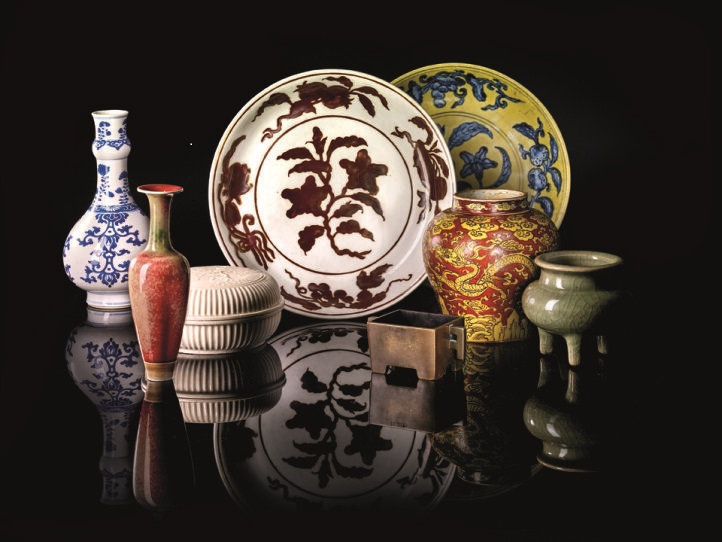
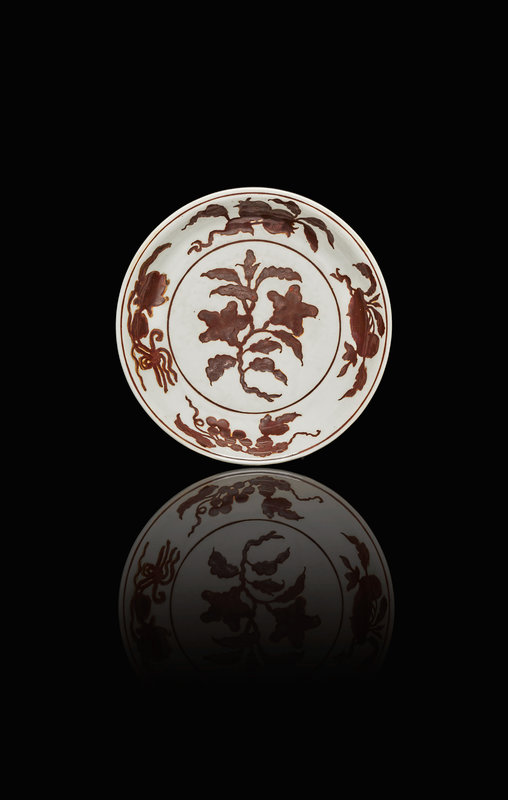
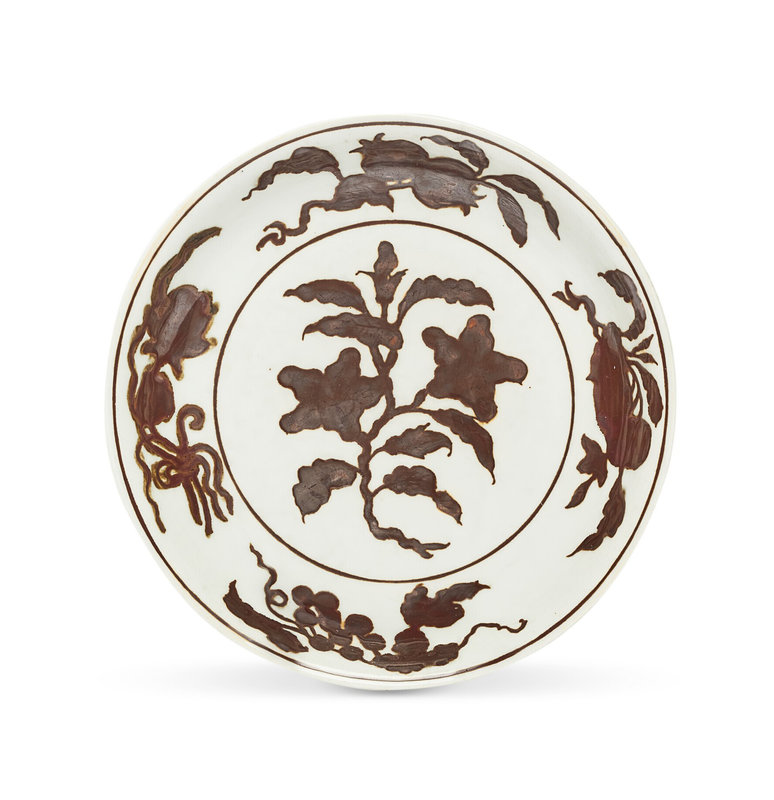

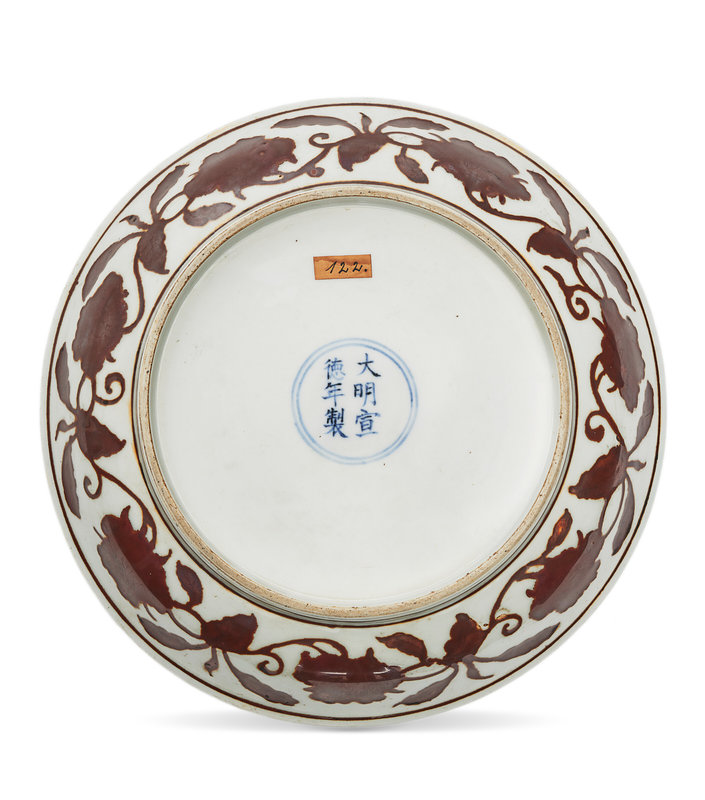
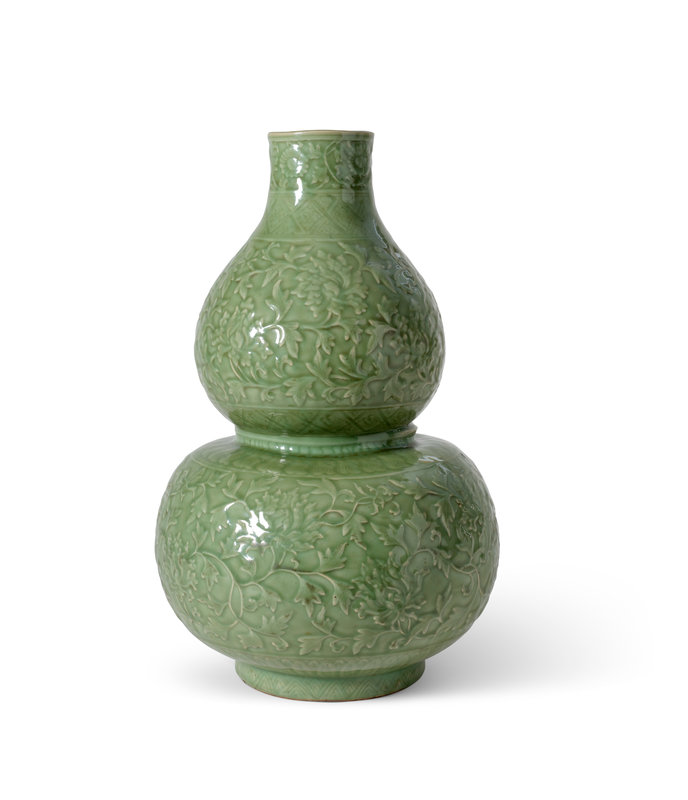
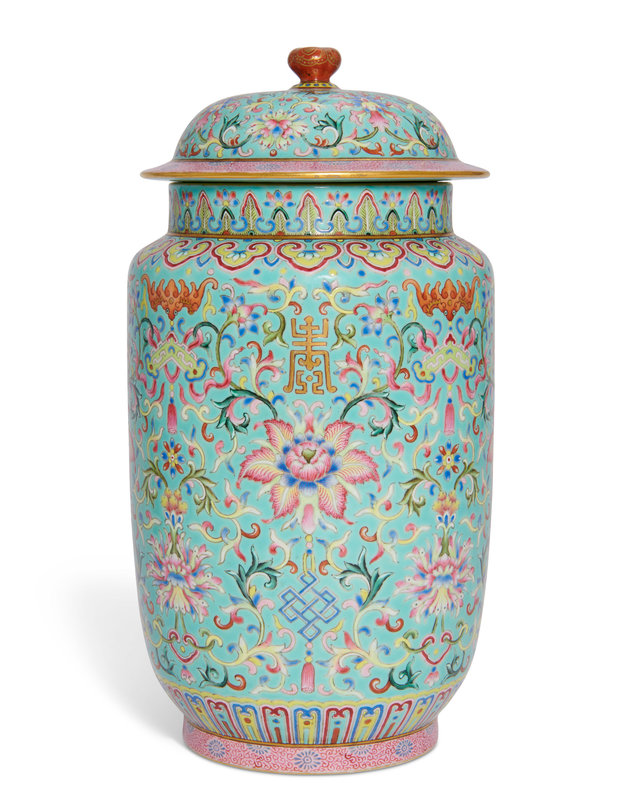
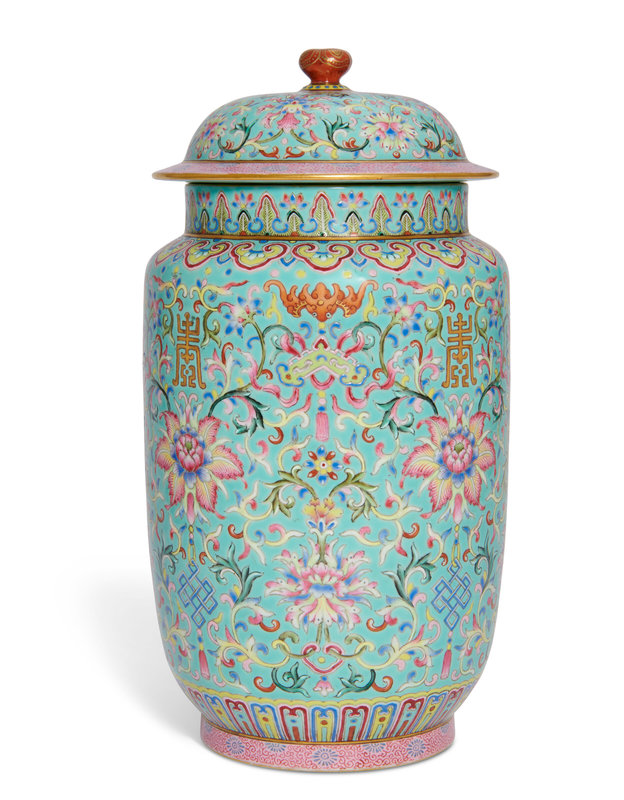

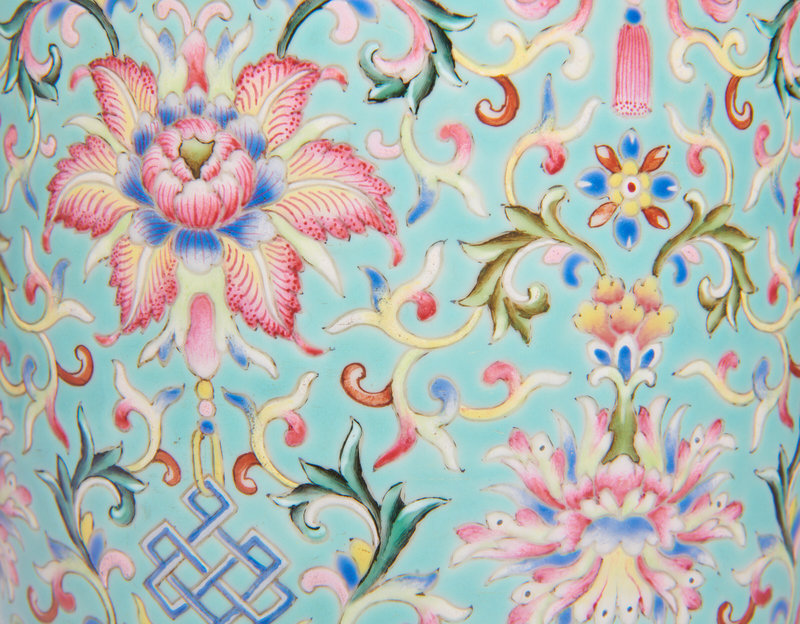

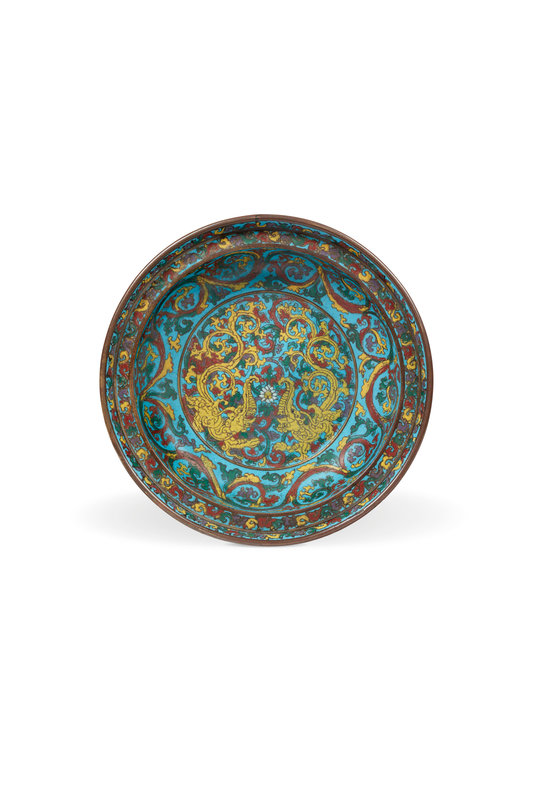
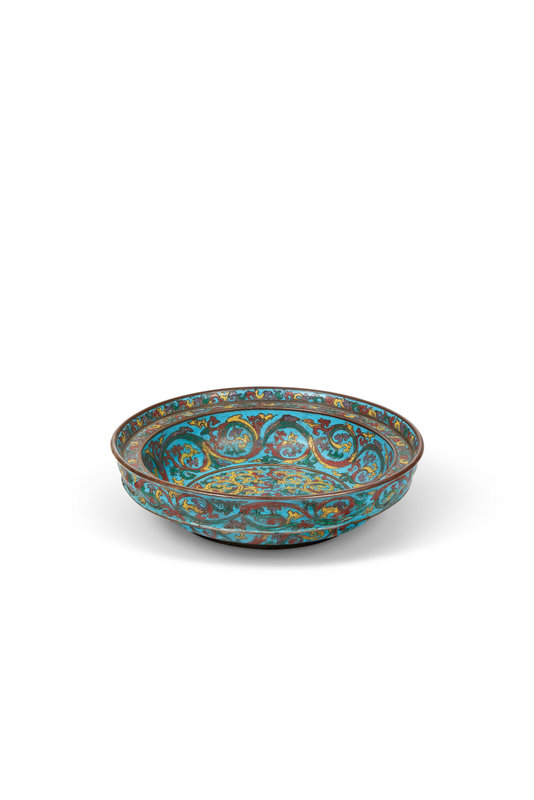
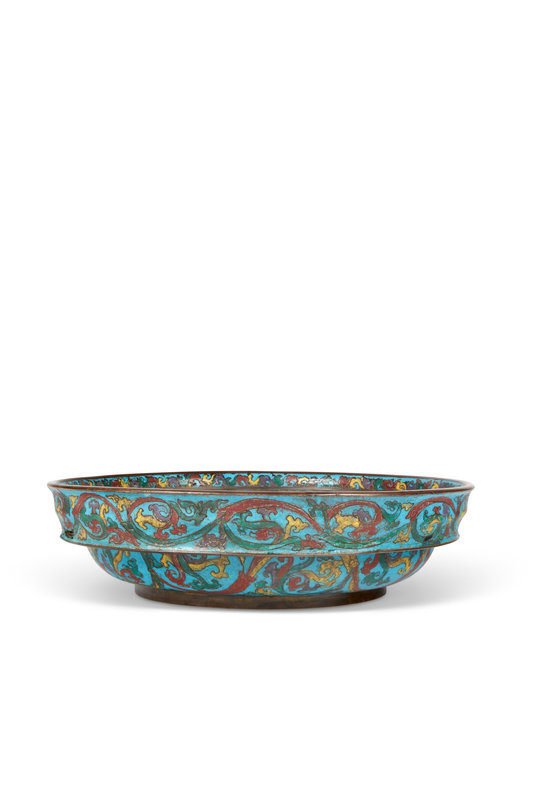
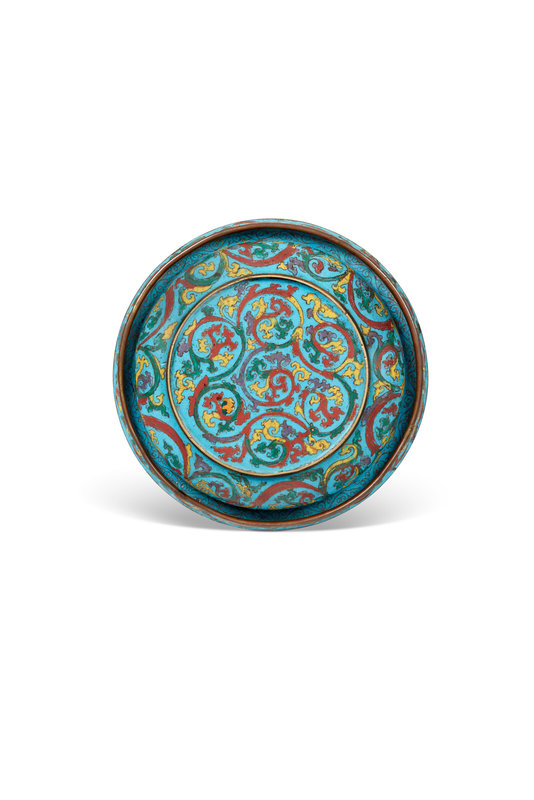
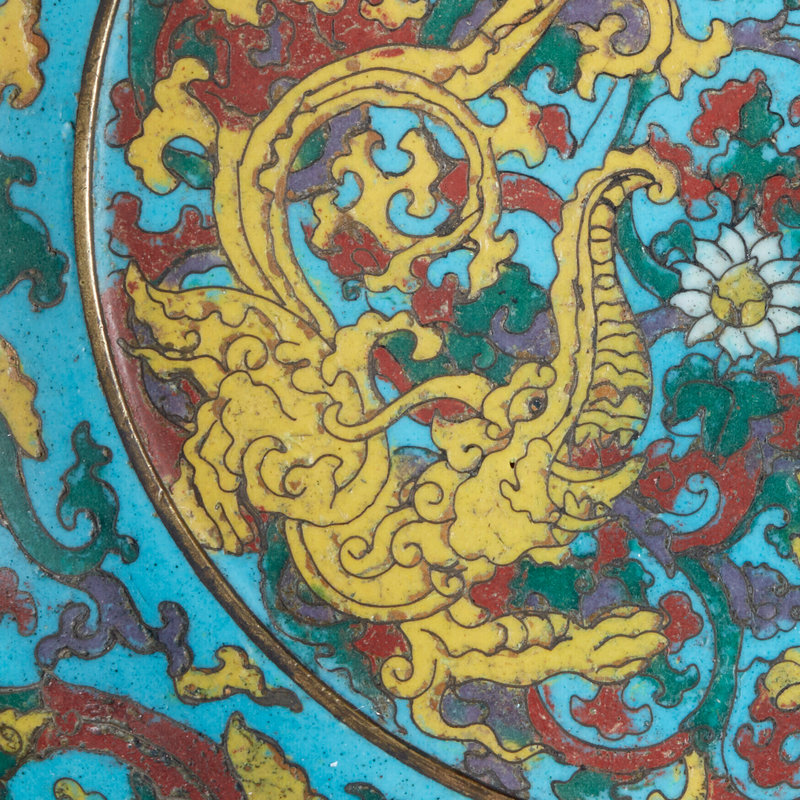


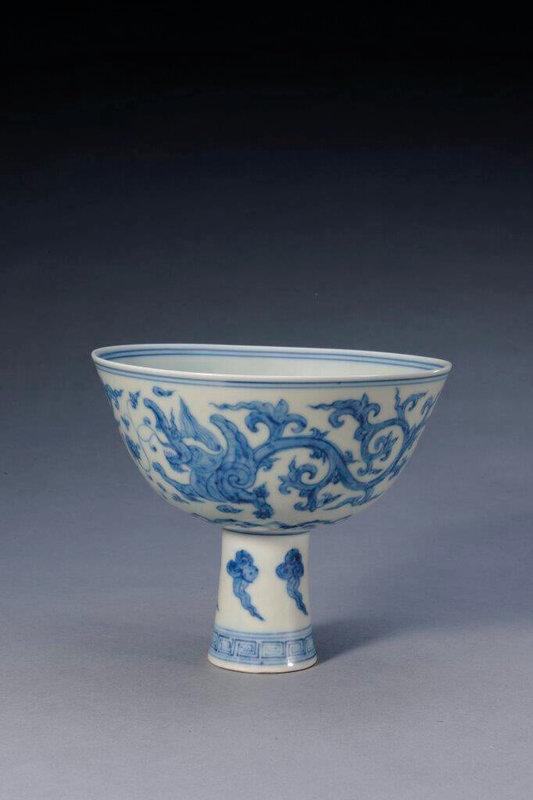
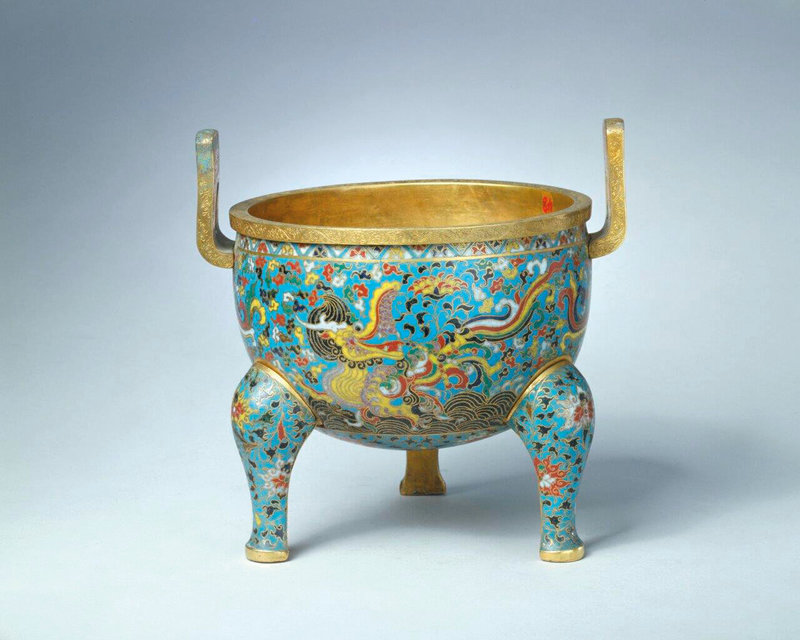
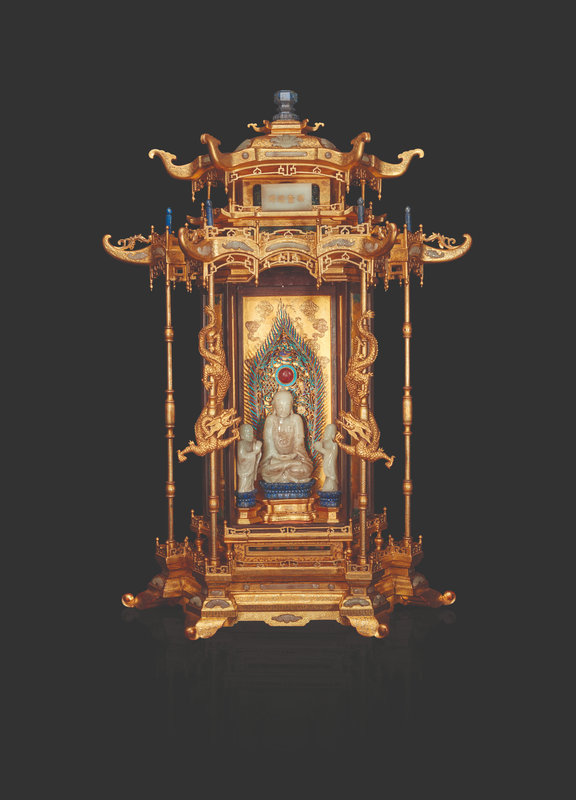
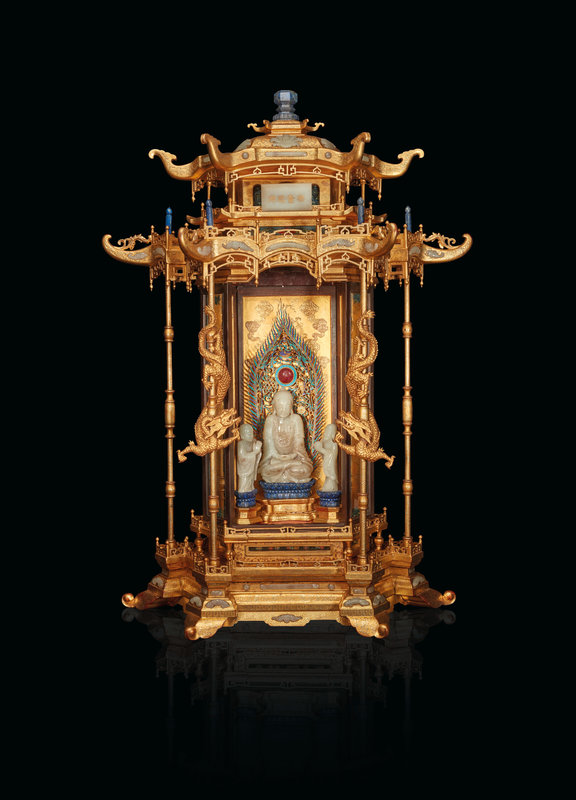


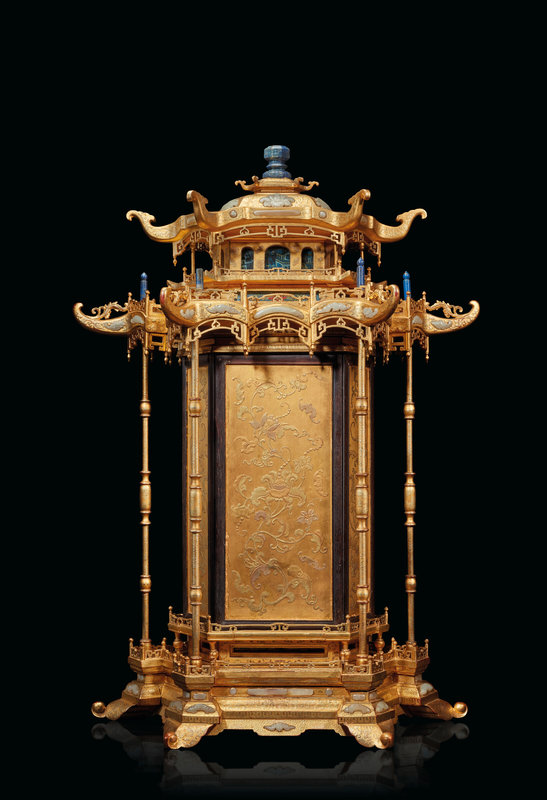
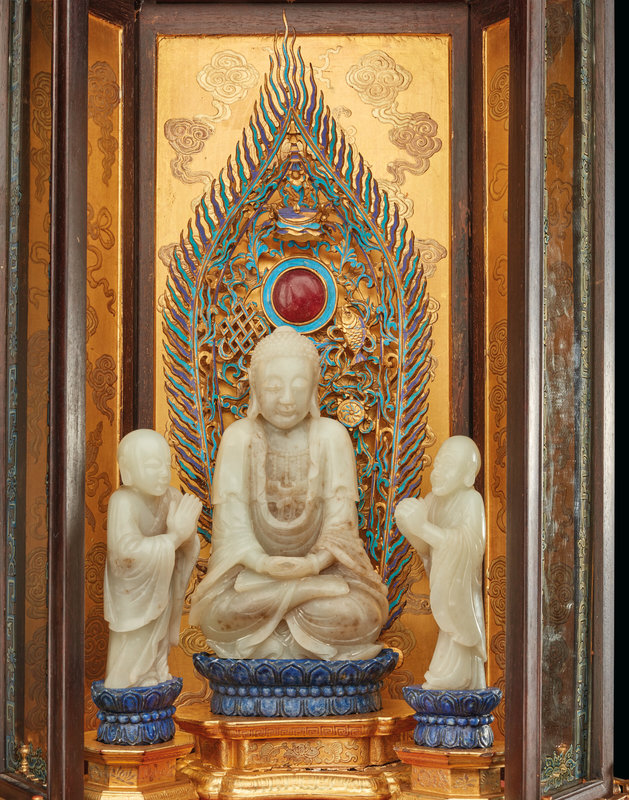
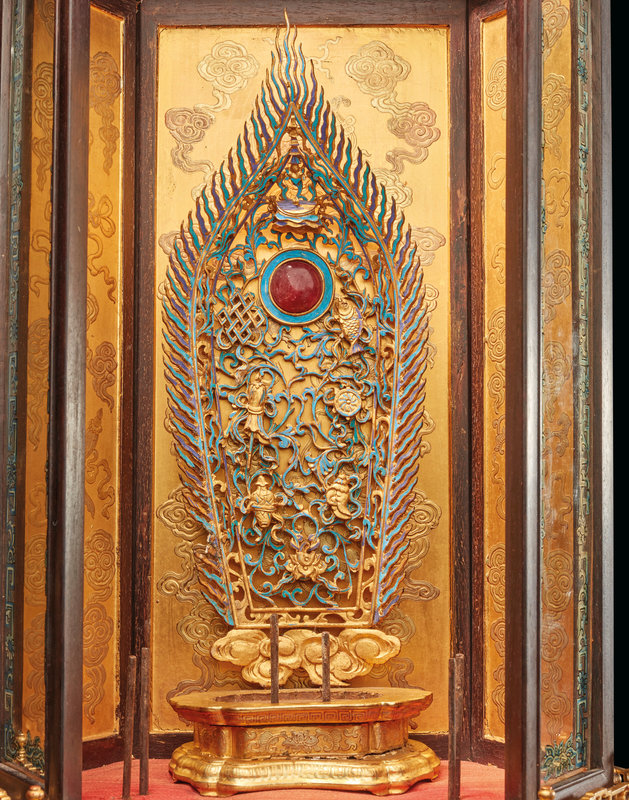
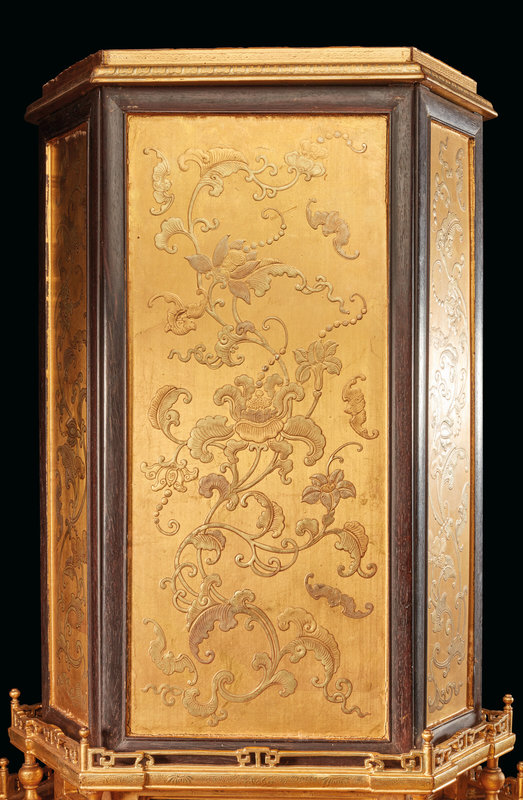
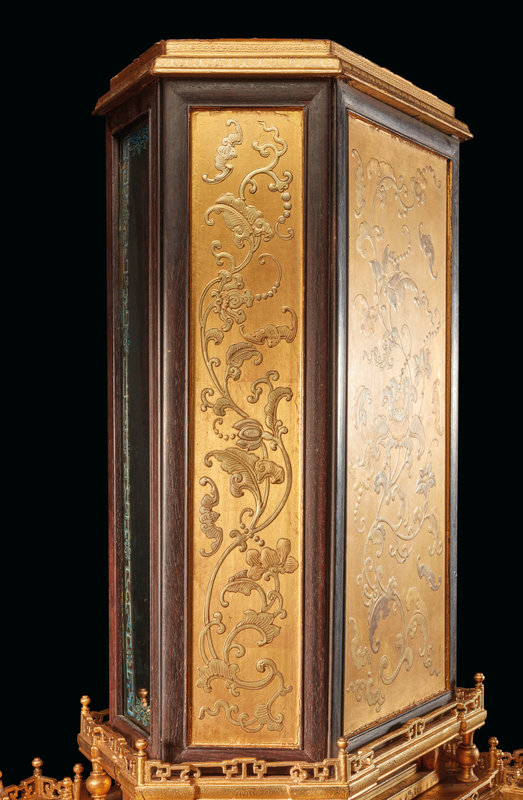
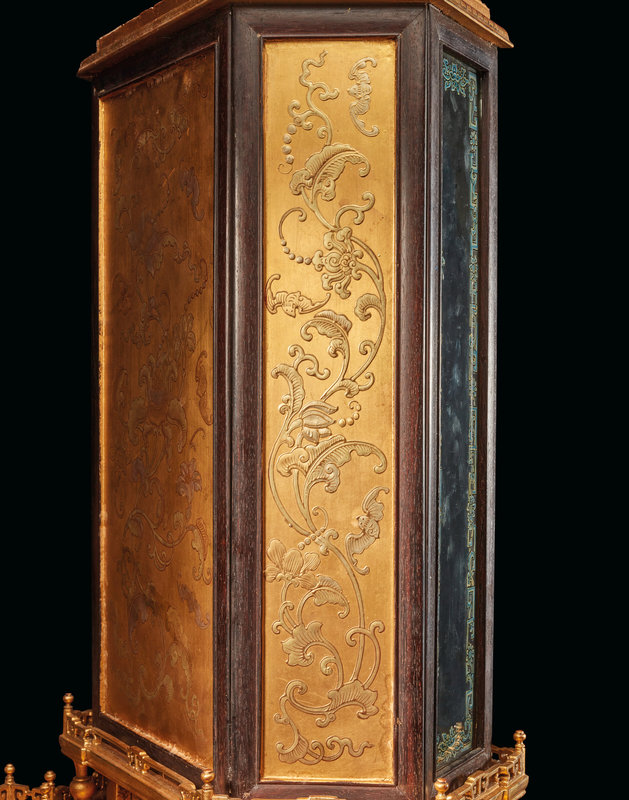
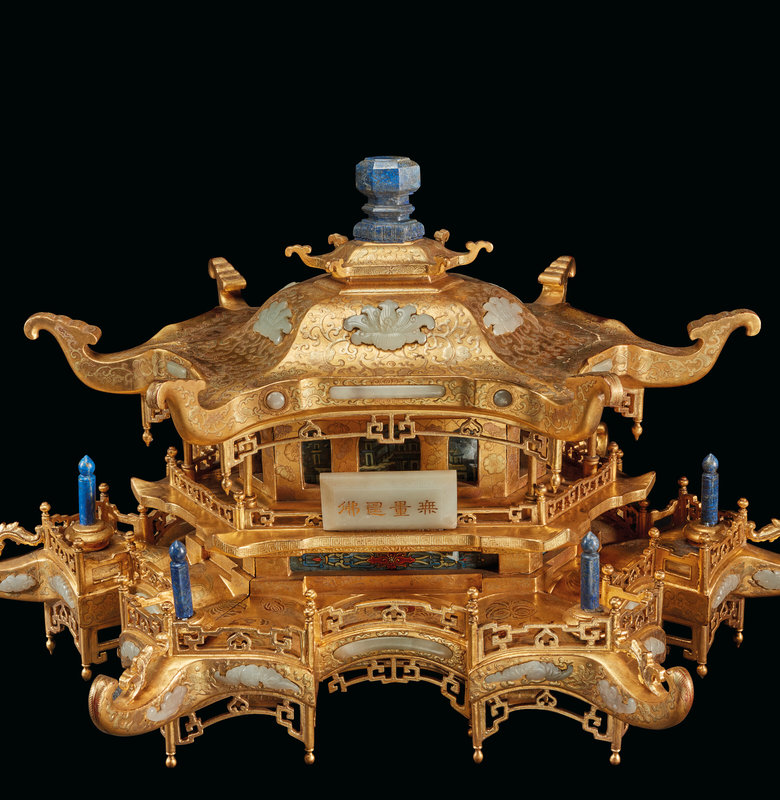

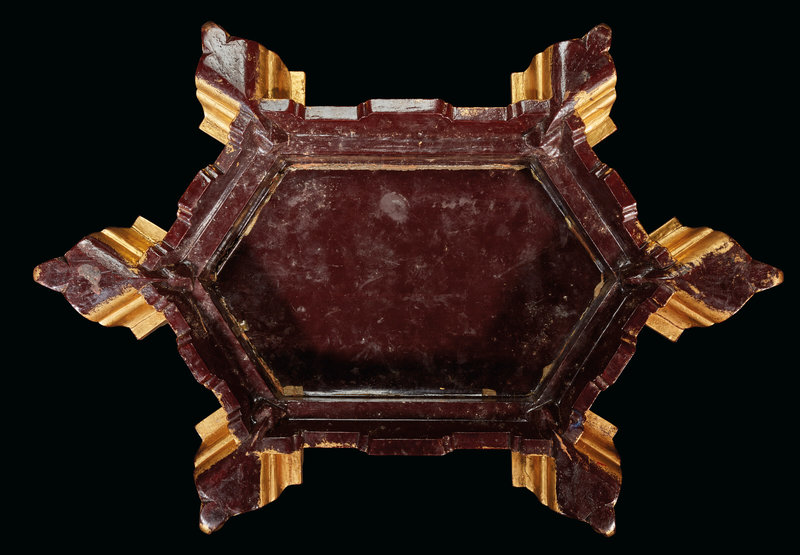
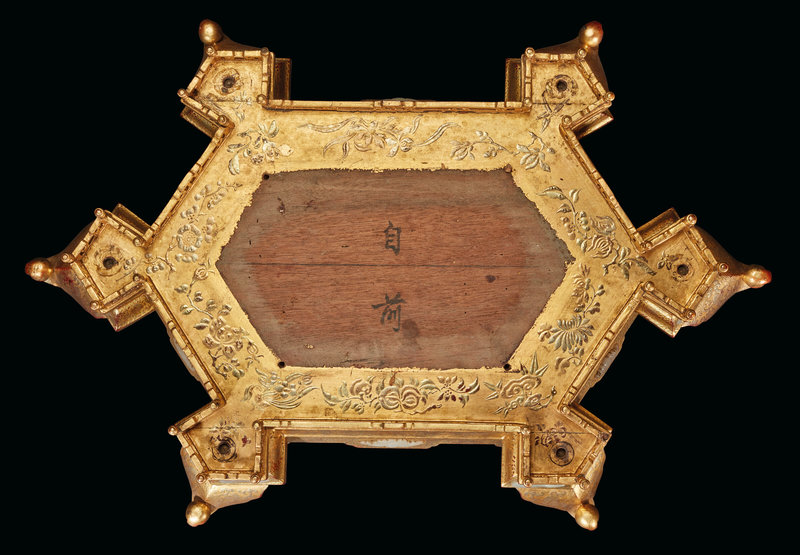
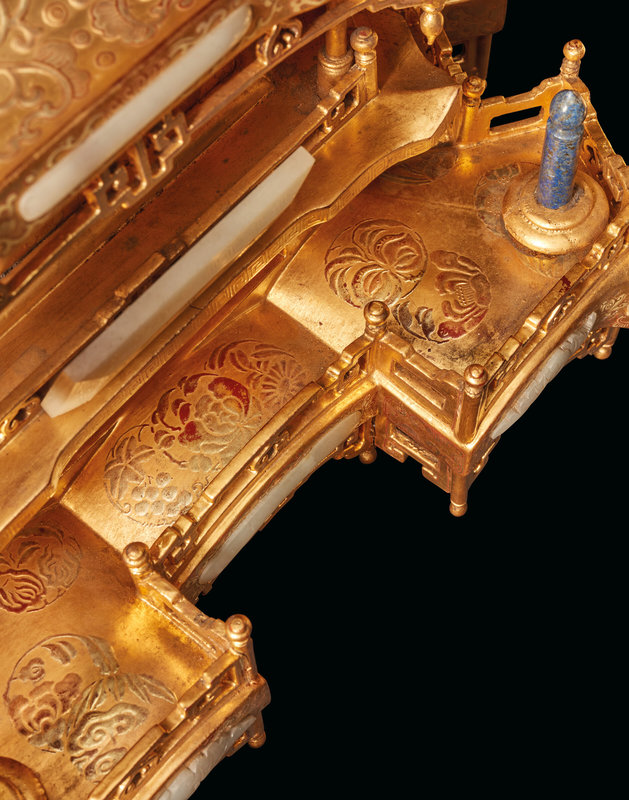
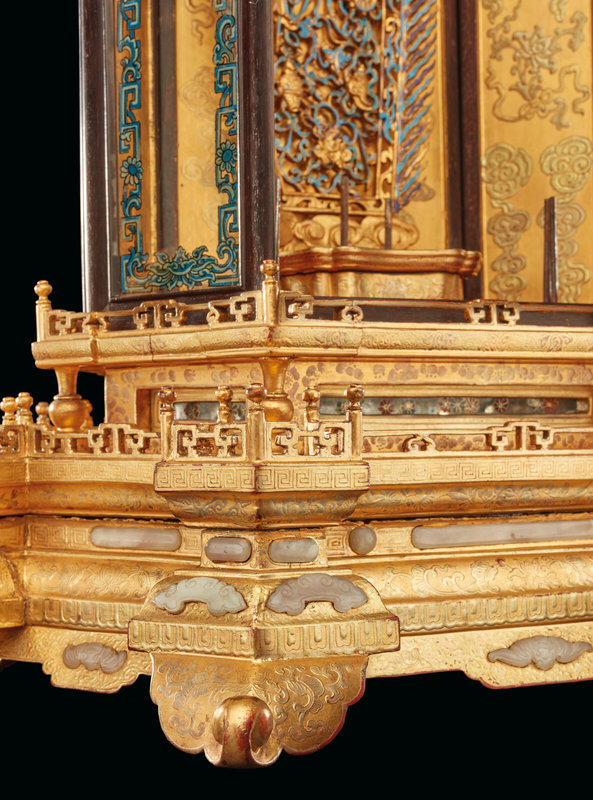

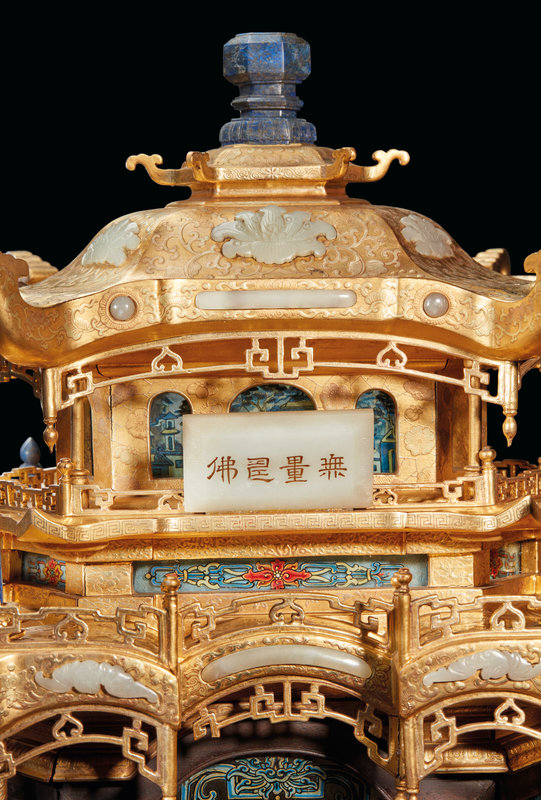
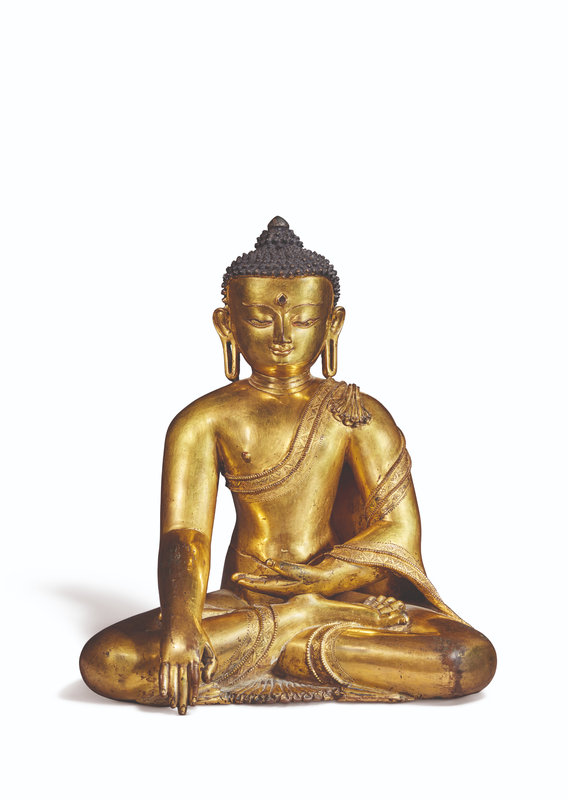
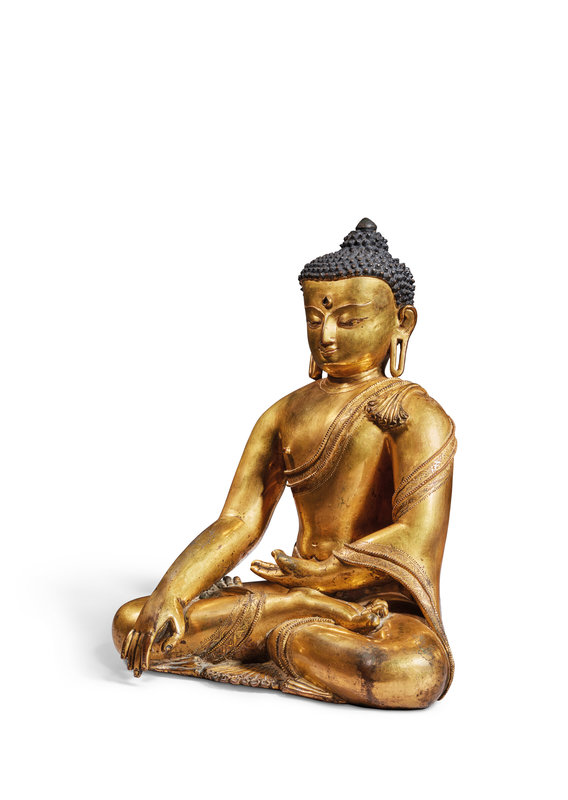

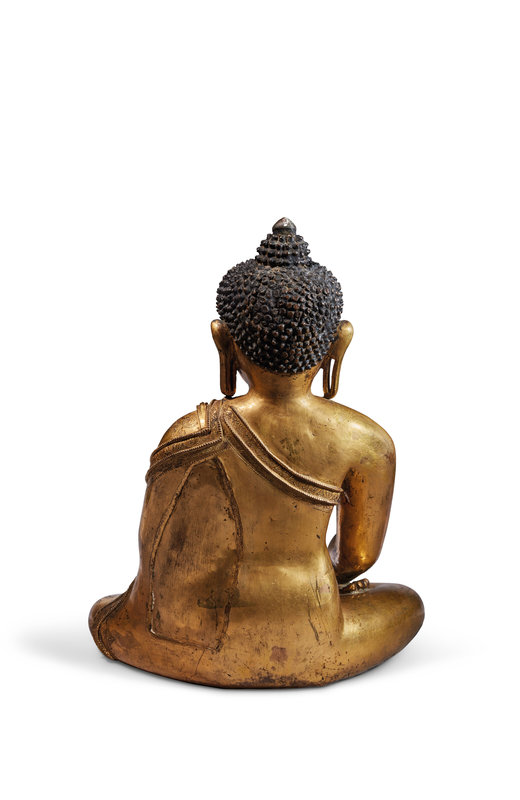
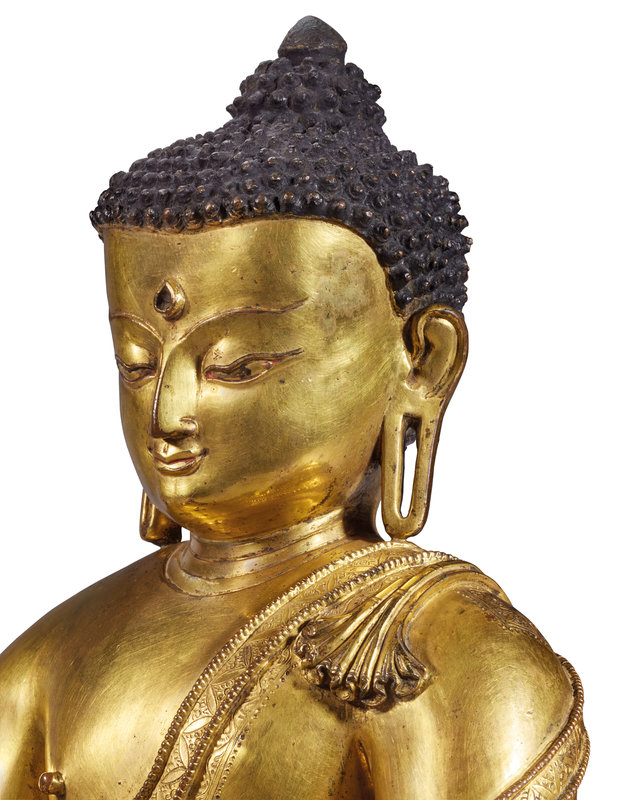
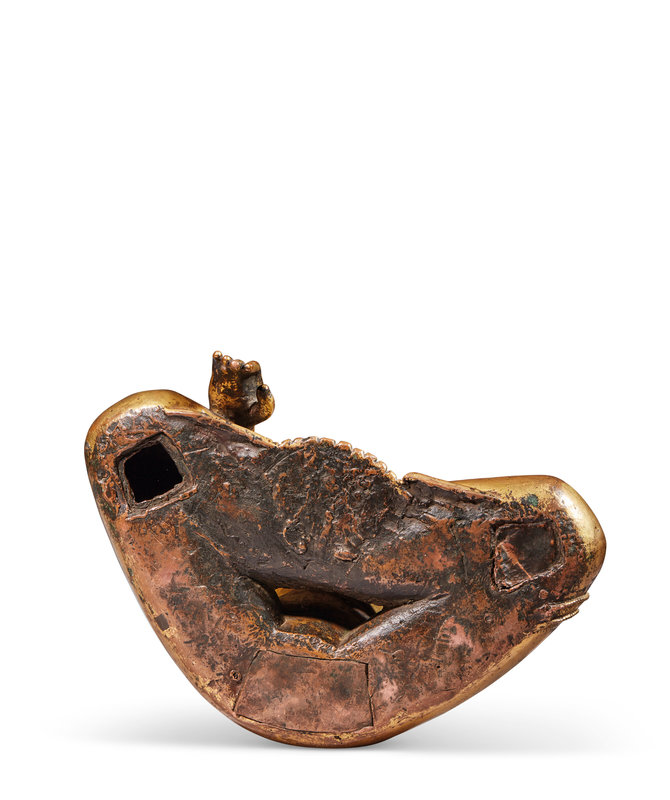
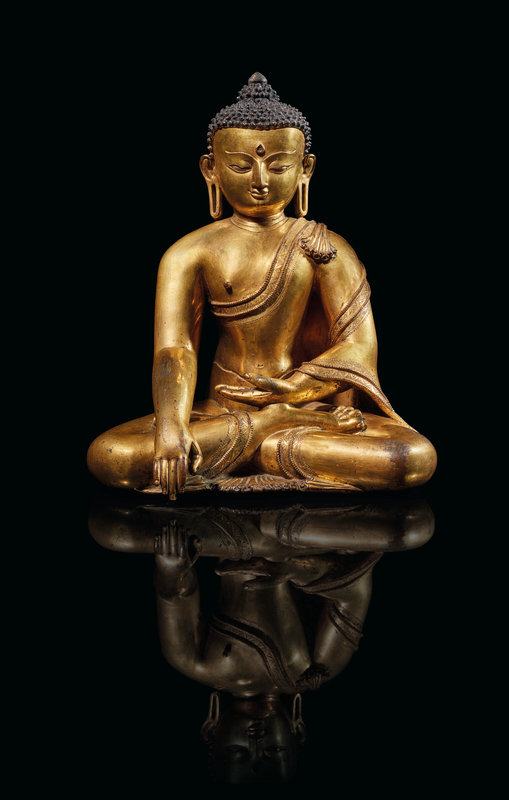

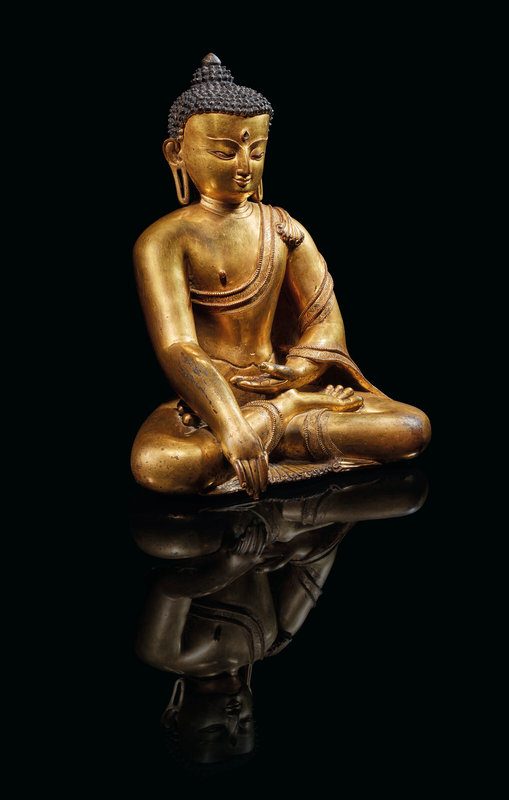
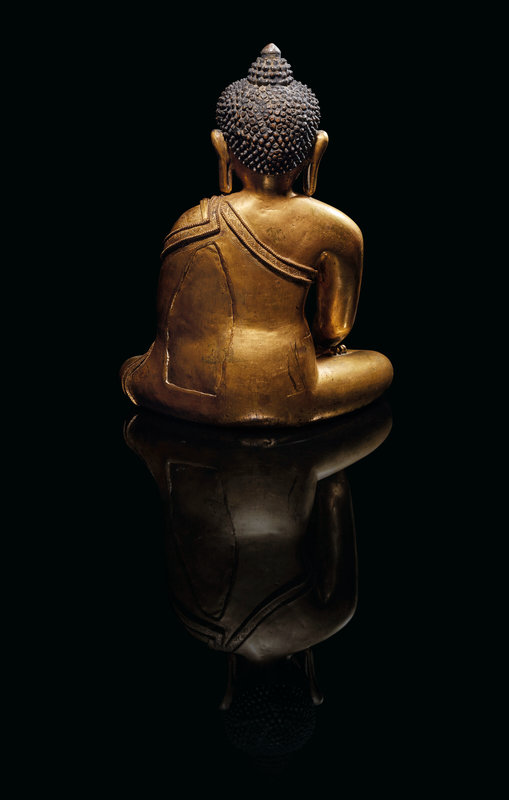

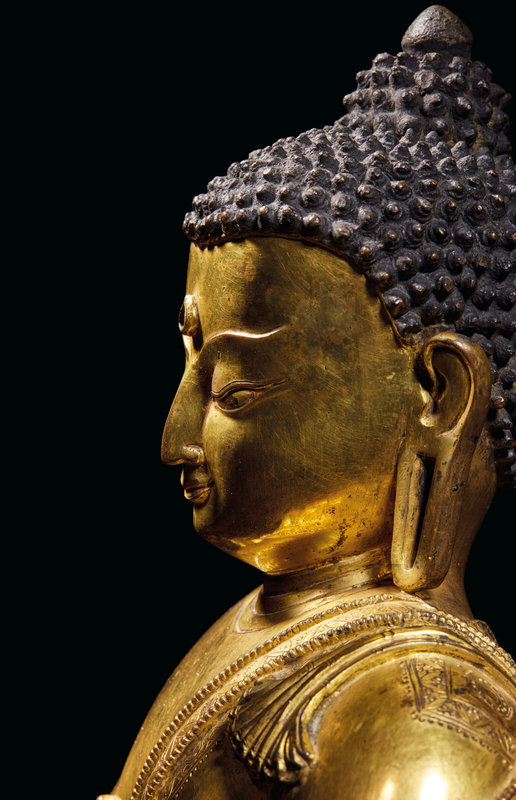
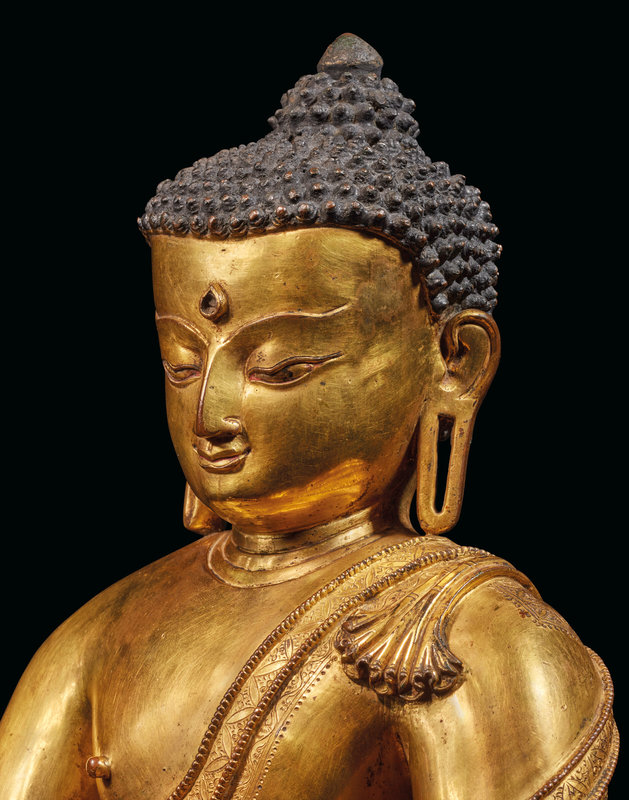
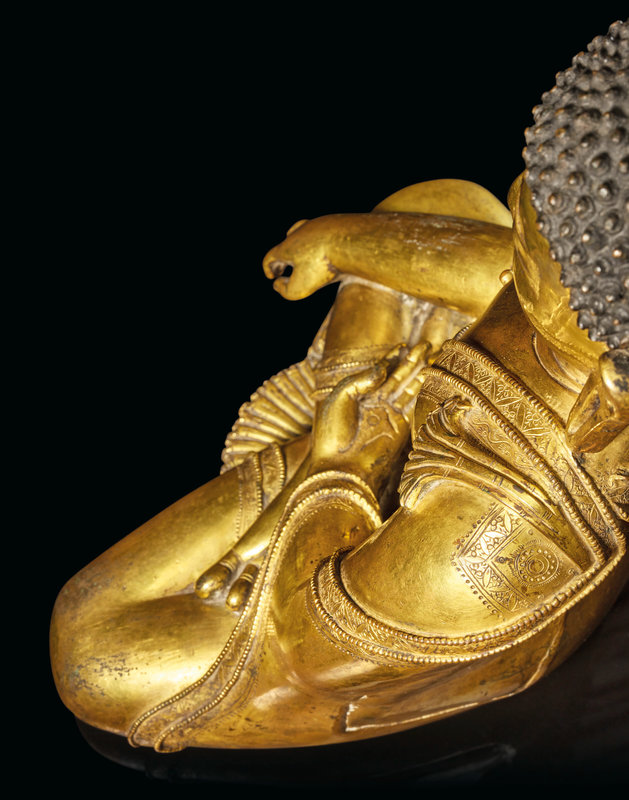
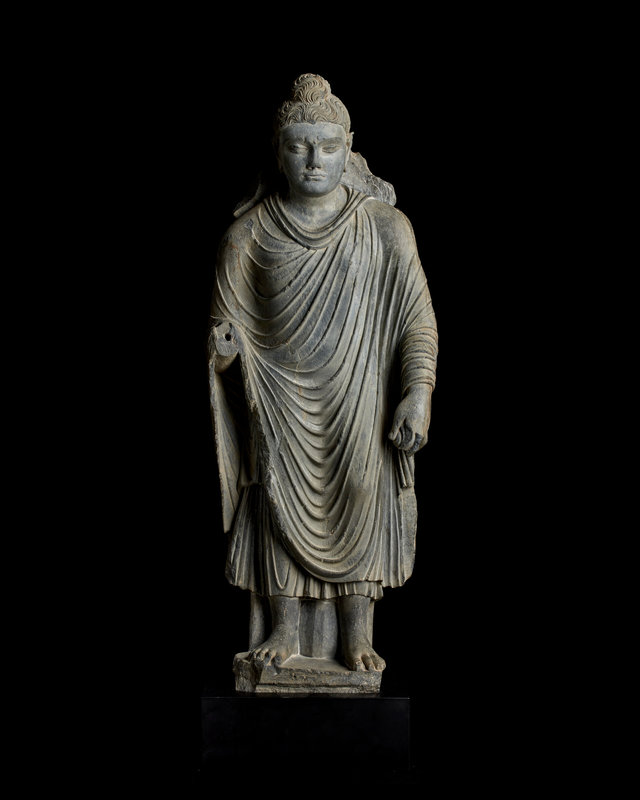
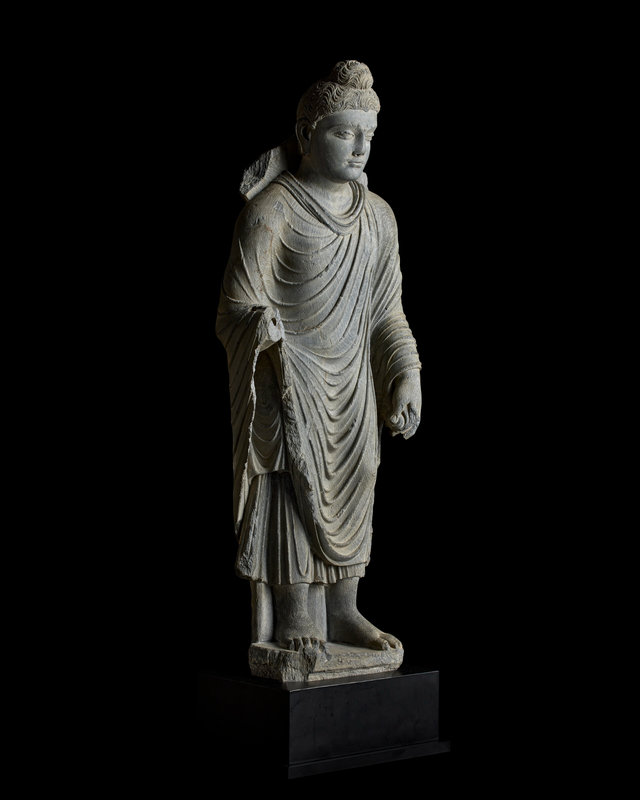
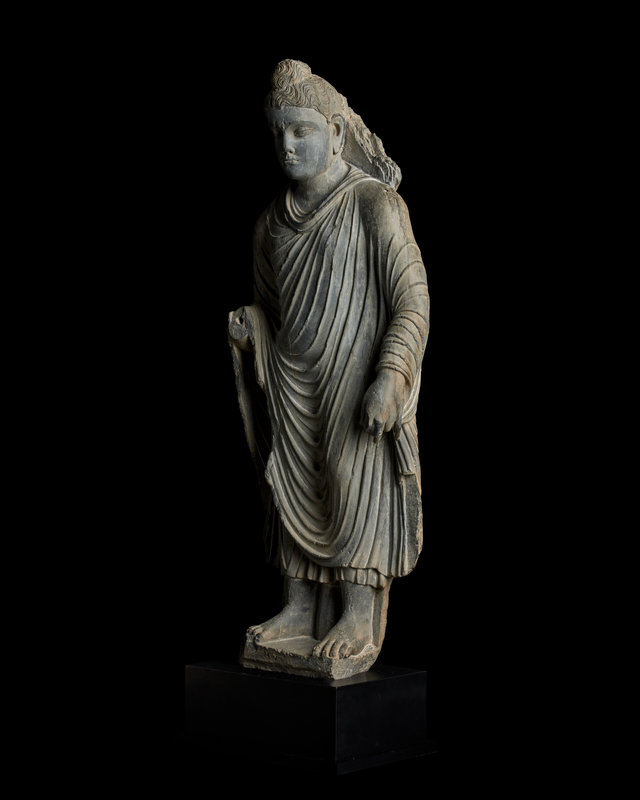

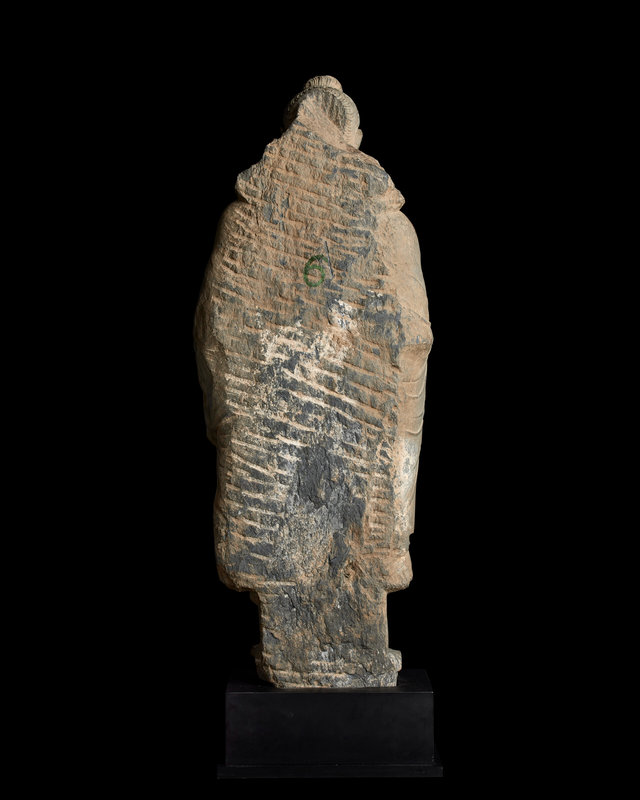
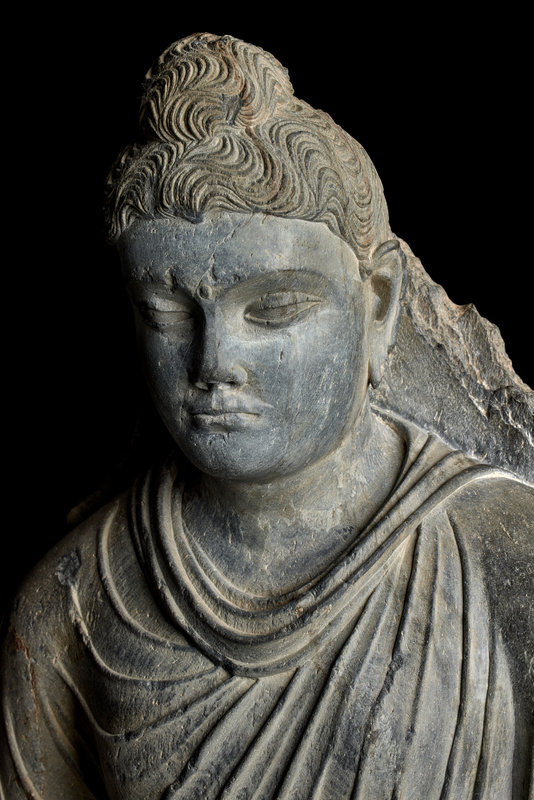

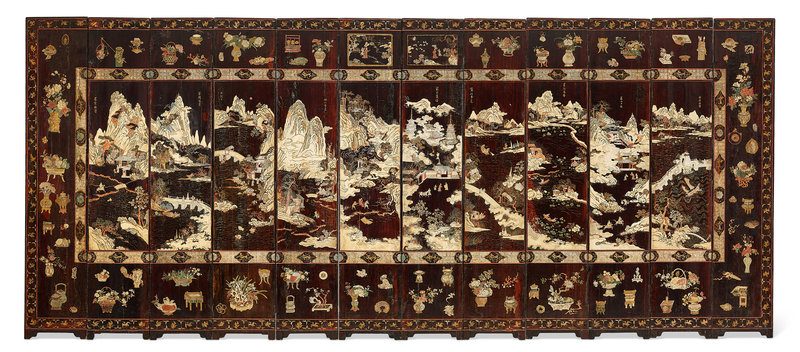


/image%2F1371349%2F20240515%2Fob_4a80af_2.png)
/image%2F1371349%2F20240515%2Fob_a65d19_1-1.png)
/image%2F1371349%2F20240515%2Fob_d1ec88_telechargement-11.jpg)
/image%2F1371349%2F20240515%2Fob_8609d5_telechargement-7.jpg)